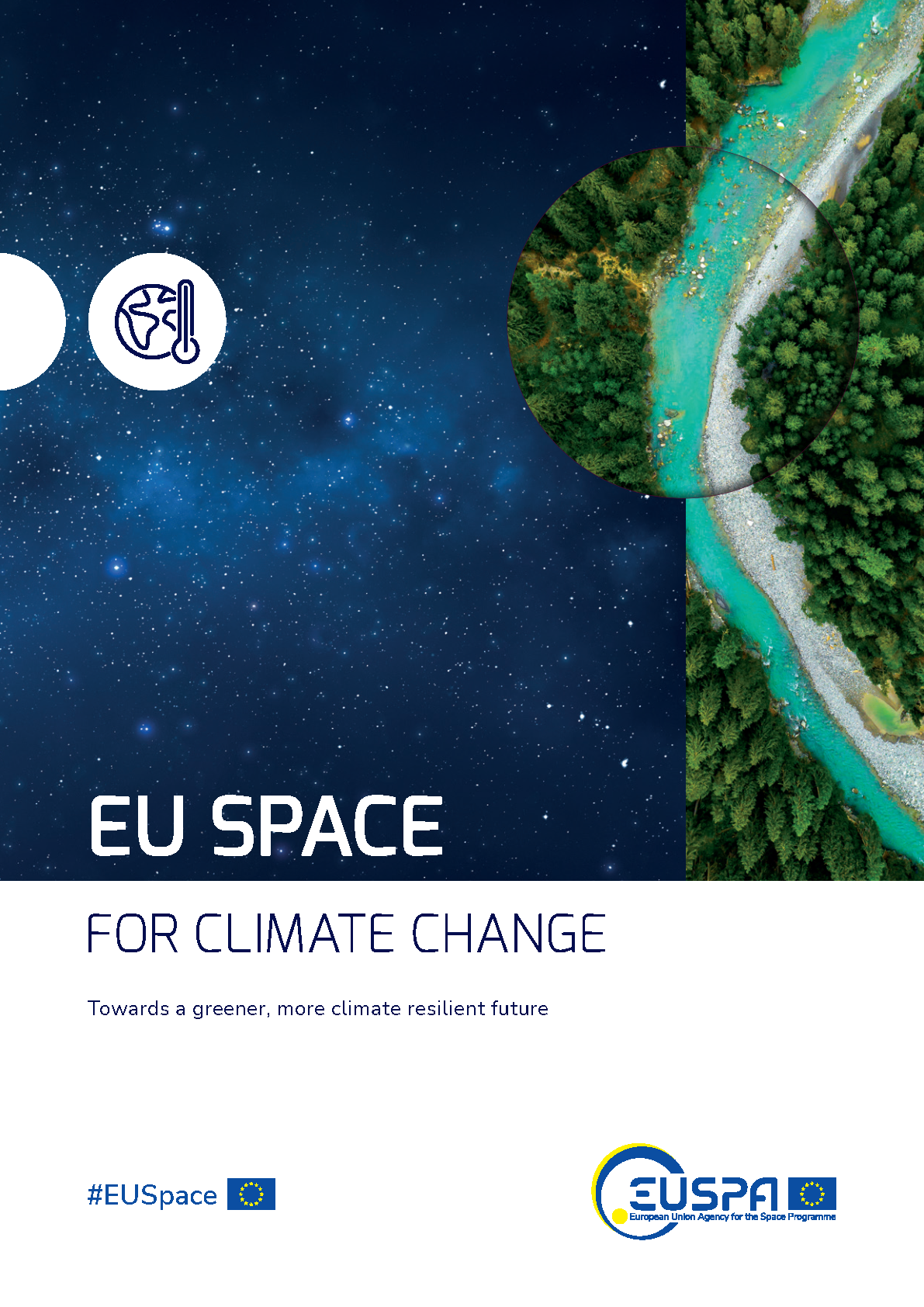Biodiversity, Ecosystems and Natural Capital
Biodiversity of ecosystems are representing natural assets essential for the development of our environment. Long used to monitor land and marine environments, Earth Observation offers numerous products and services for protecting – even restoring – ecosystems and preventing further biodiversity loss. These include forecasting the impact climate change will have on essential ecosystems, providing environmental monitoring, analysing the effectiveness of EU policies and managing resources. GNSS, on the other hand, supports biodiversity and ecosystems by providing data collected by tracking animals displaced by habitat loss. National authorities also rely on GNSS when conducting forest inventories, a process that involves quantifying and describing forest resources and health.
Biodiversity, Ecosystems and Natural Capital In Action
Downloads
-
- Language
- EN
- File type and size
- PDF, 5.17 MB










